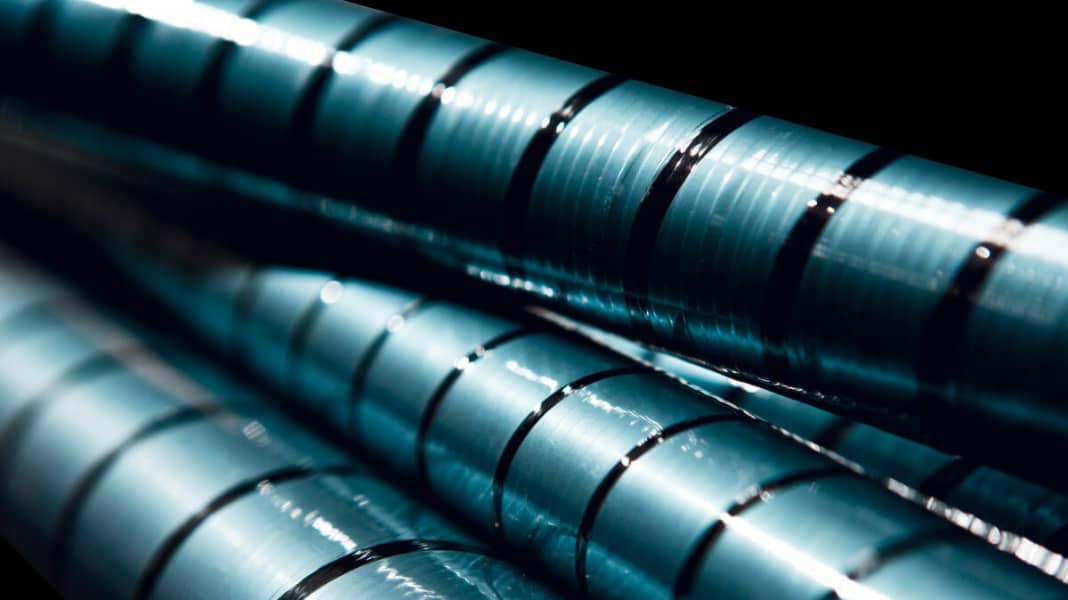
As soon as you delve a little deeper into the subject of masts, you suddenly hear about bending curves, IMCS, carbon content, RDM, SDM, Variotop, extension and, last but not least, the possible areas of use, whether for waves, freestyle, freeride, slalom or racing. Phew! Let's unravel the whole thing and start with the most important thing - the length.
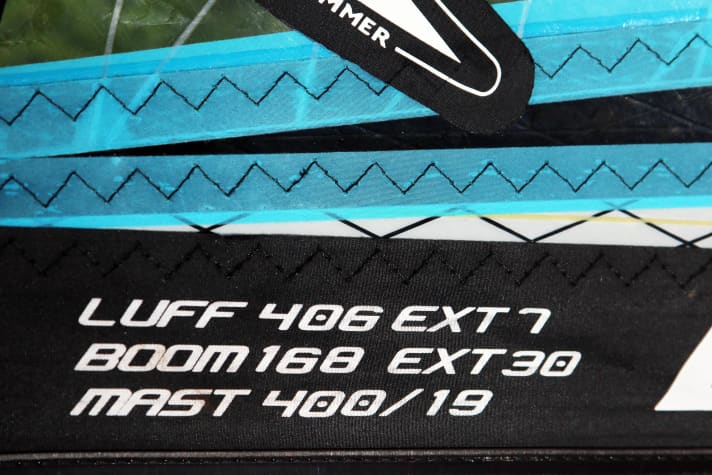
Mast length
You can find out how long the mast needs to be by looking at the label on your sail, which is usually found in the area of the foot. The English term "luff" refers to the length of the luff, i.e. the front side of your sail. The mast you want to buy should therefore somehow match this luff length. "Somehow" because you have a certain amount of leeway. Masts are available in length increments of 30 centimetres (340cm, 370cm, 400cm etc.). As you always need a master extension for rigging, you can set any intermediate length. You can therefore achieve the luff length of 406 cm in the picture by setting up a 400 cm long mast with an extension of six to eight centimetres.
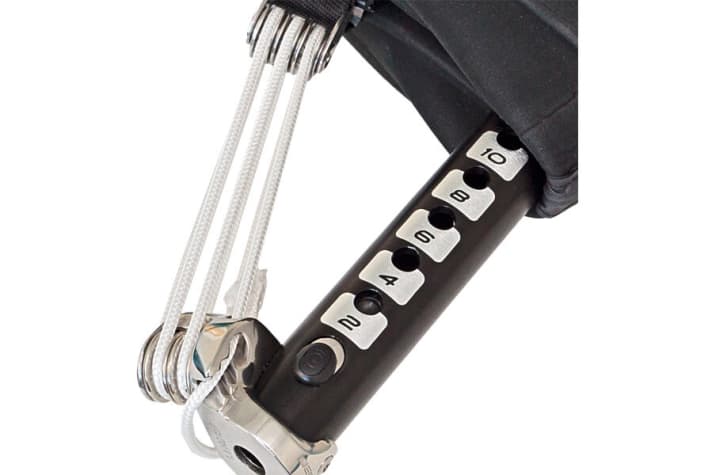
surf tipAs a rule, masts should not be lengthened by more than 40 centimetres, as otherwise the sail will perform noticeably worse and no longer sail well. With a luff length of 440 cm, for example, it is therefore advisable to lengthen a 430 cm mast by ten centimetres instead of a 400 cm mast by 40 centimetres!
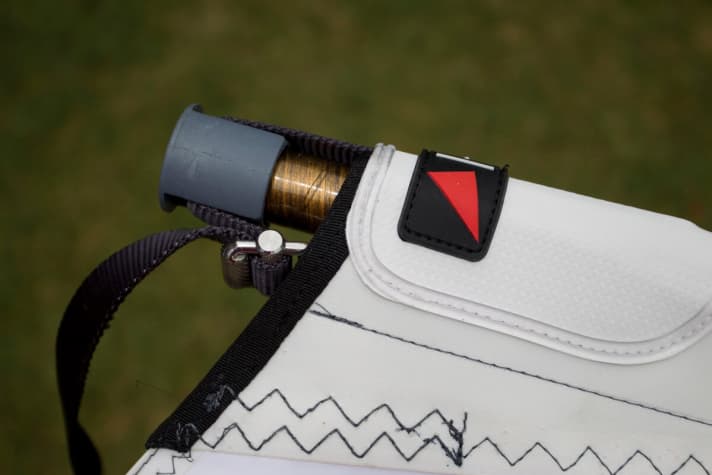
VariotopIf your sail has a vario top, the mast can be up to 20 centimetres longer than the luff length indicated on the sail. It will then protrude slightly at the top. If your sail does not have a Variotop, then you should not use a longer mast, as this will protrude at the bottom and make the sail handling worse.
Two mast options. What to do?For luff lengths of 432 centimetres, for example, you often have two options: A 400 with 32cm extension or a 430 with only two centimetres extension. Two things should influence your decision. Firstly, if you weigh over 85kg, the sail with the longer mast will work better because longer masts are always harder than short ones. For lighter people the shorter mast is the better option, the sail will be softer, lighter and have less trim. Secondly, how does the mast fit in with the rest of your sail range? If you only have smaller sails anyway, you may not need the long mast at all. If you are planning to buy larger sails, you will need it in any case.
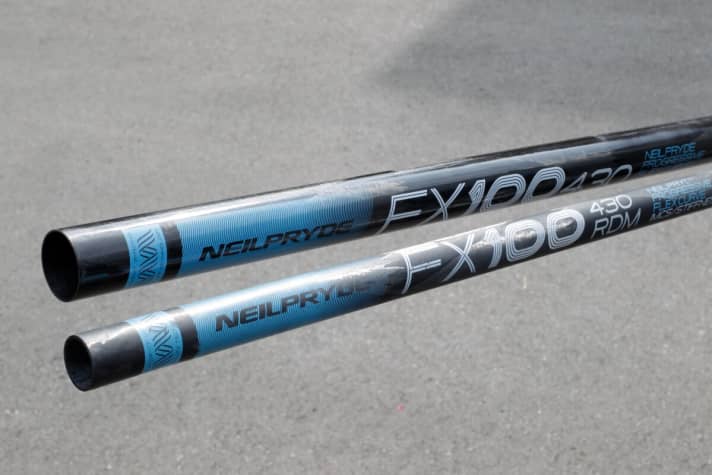
Masts - Rdm or Sdm?
RDM (Reduced Diameter Mast) is the name given to masts with a reduced diameter. They are often simply referred to as "skinny". Although the skinny or RDM mast has not been on the market for so long, it has already conquered it. Compared to its predecessor, the SDM (standard diameter mast), its smaller diameter makes sails much easier to handle, more playful and therefore more user-friendly.
Nevertheless, the SDM has continued to prove its worth, especially for large sails over 6.5 square metres and in performance-oriented regattas. You can still find SDM masts from earlier times on the second-hand market that are designed for smaller sails. These can of course still be used, but our surf tip is:
RDM 340 - 430 cm length = sails between 3.3 square metres and 6.5 square metres
SDM 460 - 490 cm length = sails between 6.0 square metres and 9.6 square metres
Masts - what carbon content makes sense?
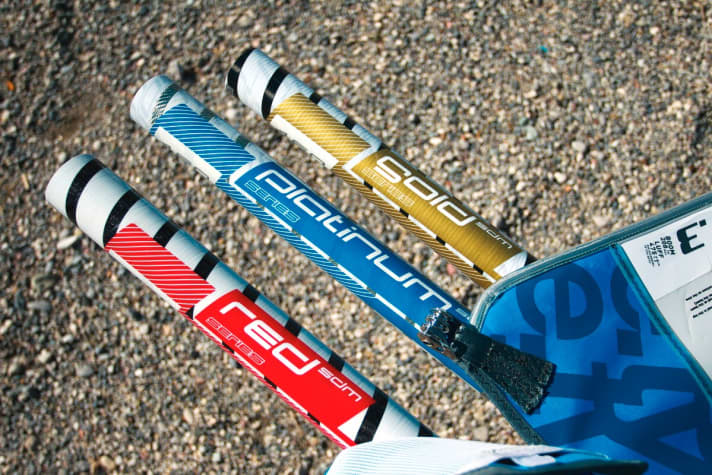
masts consist of glass fibres and carbon fibres. The higher the carbon fibre content, the higher the quality, lighter but also more expensive and more sensitive the mast. A mast with 100 per cent carbon, as used by professionals, is particularly light, but must also be treated like a raw egg. Even small damaged areas can cause the mast to break as soon as it is placed under tension. Such masts are particularly unsuitable for beginners, especially as you have to pay several hundred euros for them, even when used. Masts with a carbon content of between 30 and 80 per cent are ideal, depending on the size of your wallet.
Condition & damage
Masts can also be bought second-hand. Nevertheless, it is worth taking a closer look here, as masts are sensitive and can break under load on the water if they have hairline cracks or other damage. We will now show you what you should look out for and how to distinguish between "signs of use" and "damage":
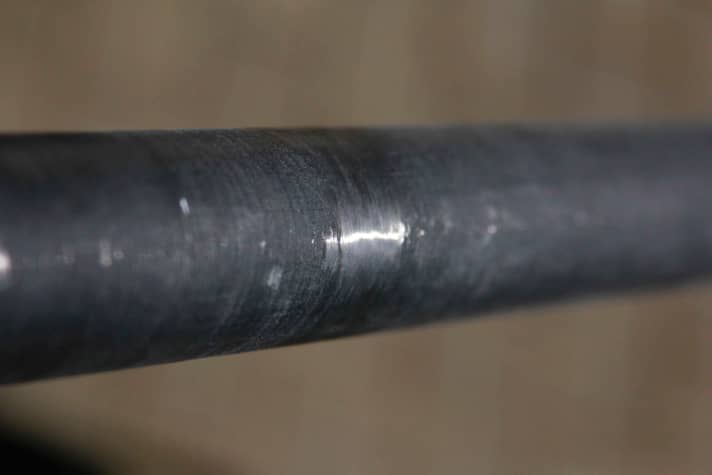
Abrasion points:Abrasion marks in the area where the boom front piece has clasped the mast are not a problem and are unavoidable. Corners, edges and deep grooves in the mast surface, on the other hand, are problematic because the mast can break there under tension.
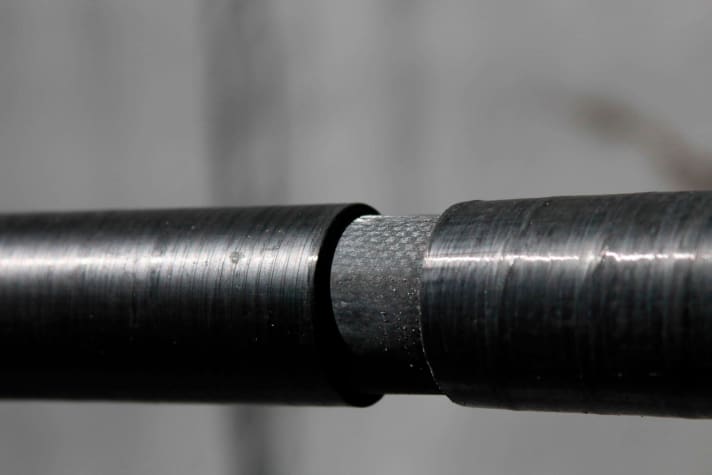
Check the plug connectionCracks are an absolute no-go in the area of the plug-in connection and indicate that the mast was not assembled correctly before use. Under load, such a crack will continue to open up until the mast breaks completely. Sometimes masts bend at the connector if sails have been stored rigged for a long time, the mast then loses tension. This is often the case with masts that come from a surfing centre. Better not to buy!
Masts - which bending curve?
The bend curve is a tiresome topic in the windsurfing world. The various sail companies are not entirely innocent of this, as they all follow their own recipe for a successful combination of mast and sail and also want you to only combine products from their own brand wherever possible. In the end, you can only be sure that the mast fits the sail and that the sail can be surfed well with it if it comes from your own company. Here is a brief overview of what is actually involved:
We are talking about the different bending curves that a mast can have and their influence on the trim and therefore also on the handling behaviour of a sail. Depending on how the mast bends, the profile of the sail changes and thus the handling behaviour of the sail. Some companies swear by a flex top, where the upper half of the mast is softer and therefore bends a little more than the rest. Others rely on the constant curve, which is characterised by an even, round mast curve. Finally, there is the Hard Top, where the mast is particularly hard in the upper section.
So what do we do? As is often done when you're not quite sure, we simply choose the centre. And that is the Constant Curve. The Constant Curve is a good compromise for all sails in the world and is now used by most brands. So if you buy a mast that is not from the brand of your sail, then you are on the safe side with a mast that has the Constant Curve.
Marketplace
Looking for a used mast? Then you should check out the following platforms:
Surfsport.de: www.surfsport.de
Facebook group "Surf material": https://www.facebook.com/groups/248607815156286/forsaleposts/?referral_surface=group_mall_header_nav&availability=available

